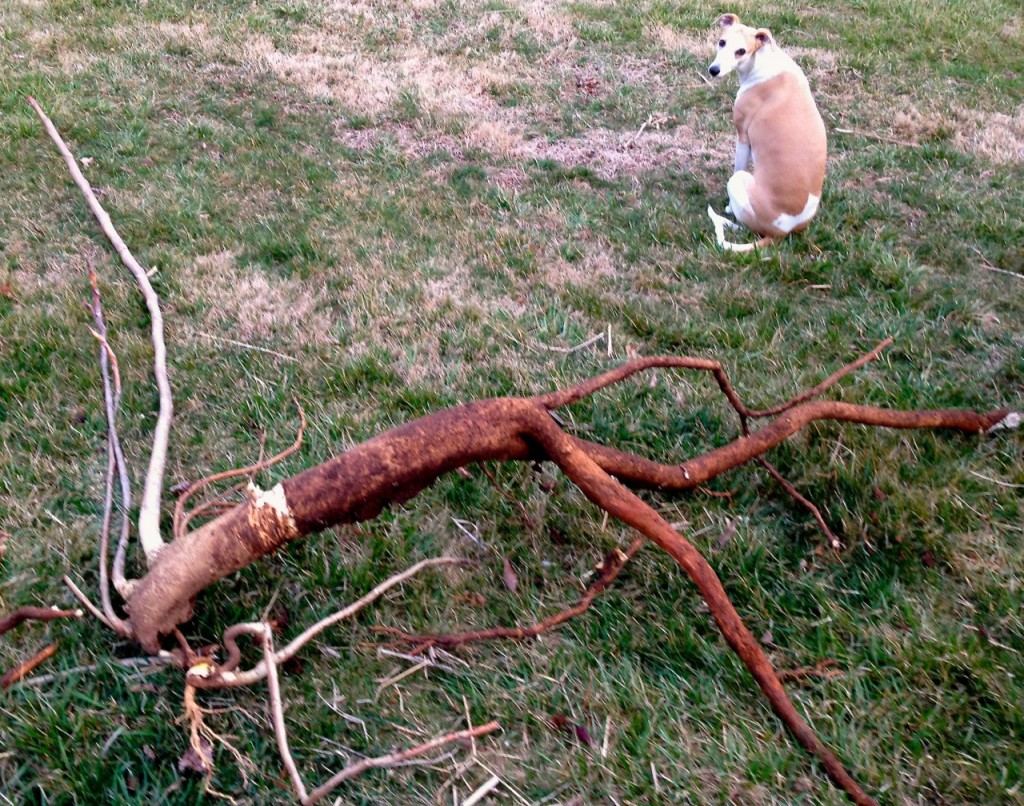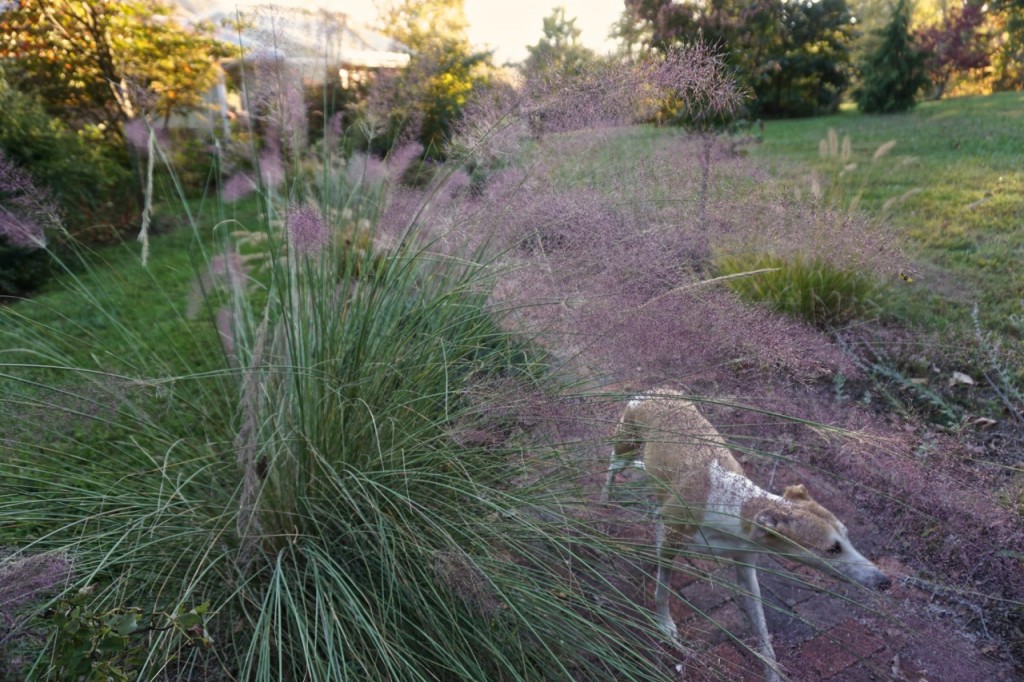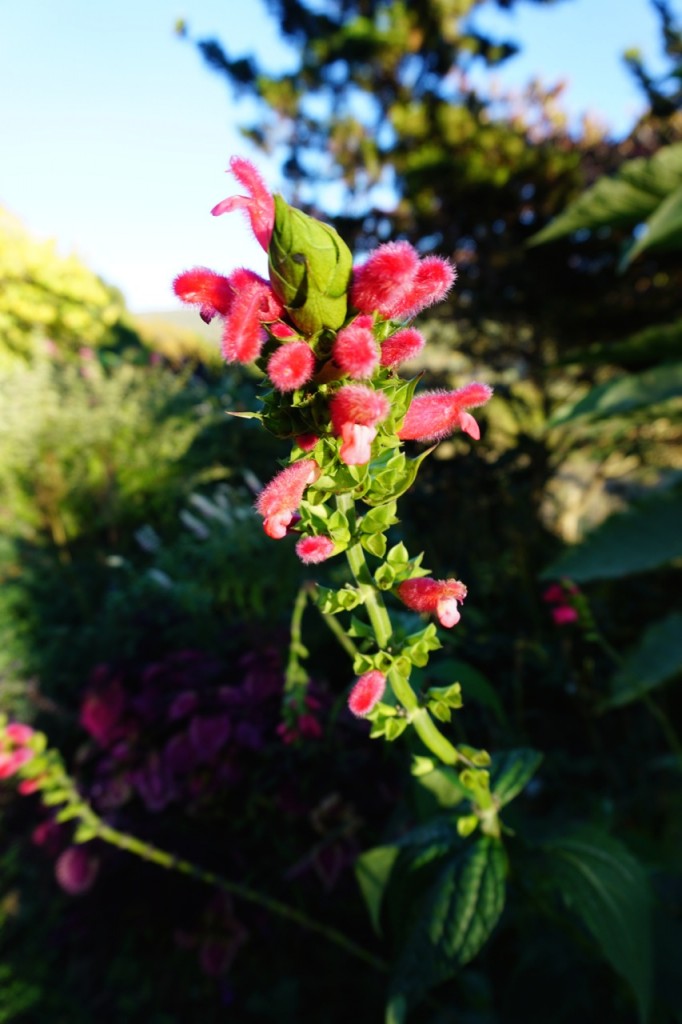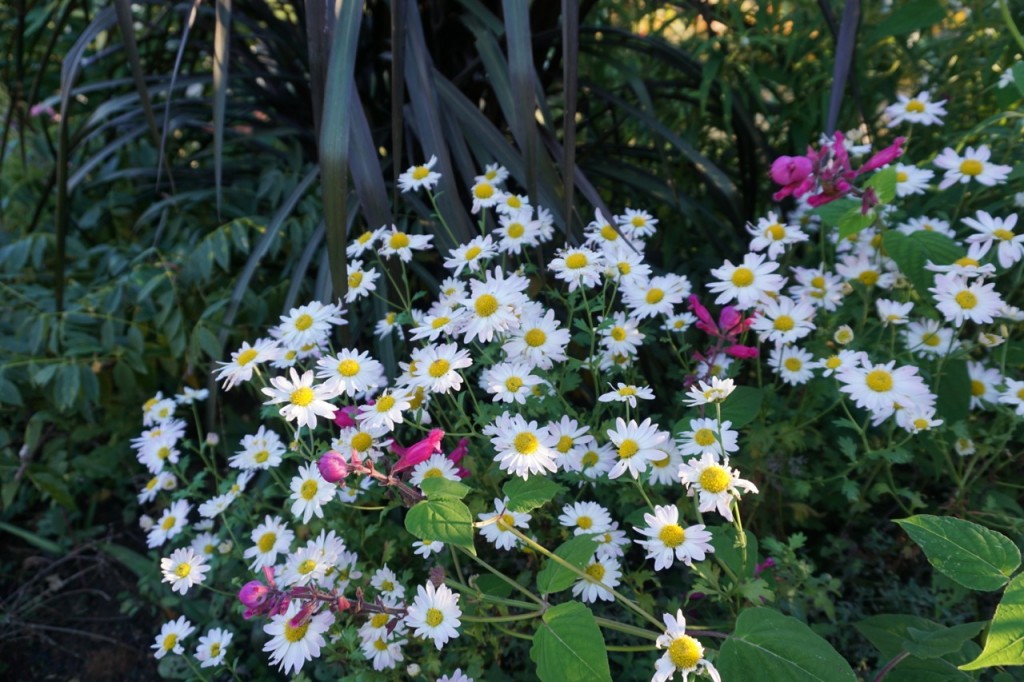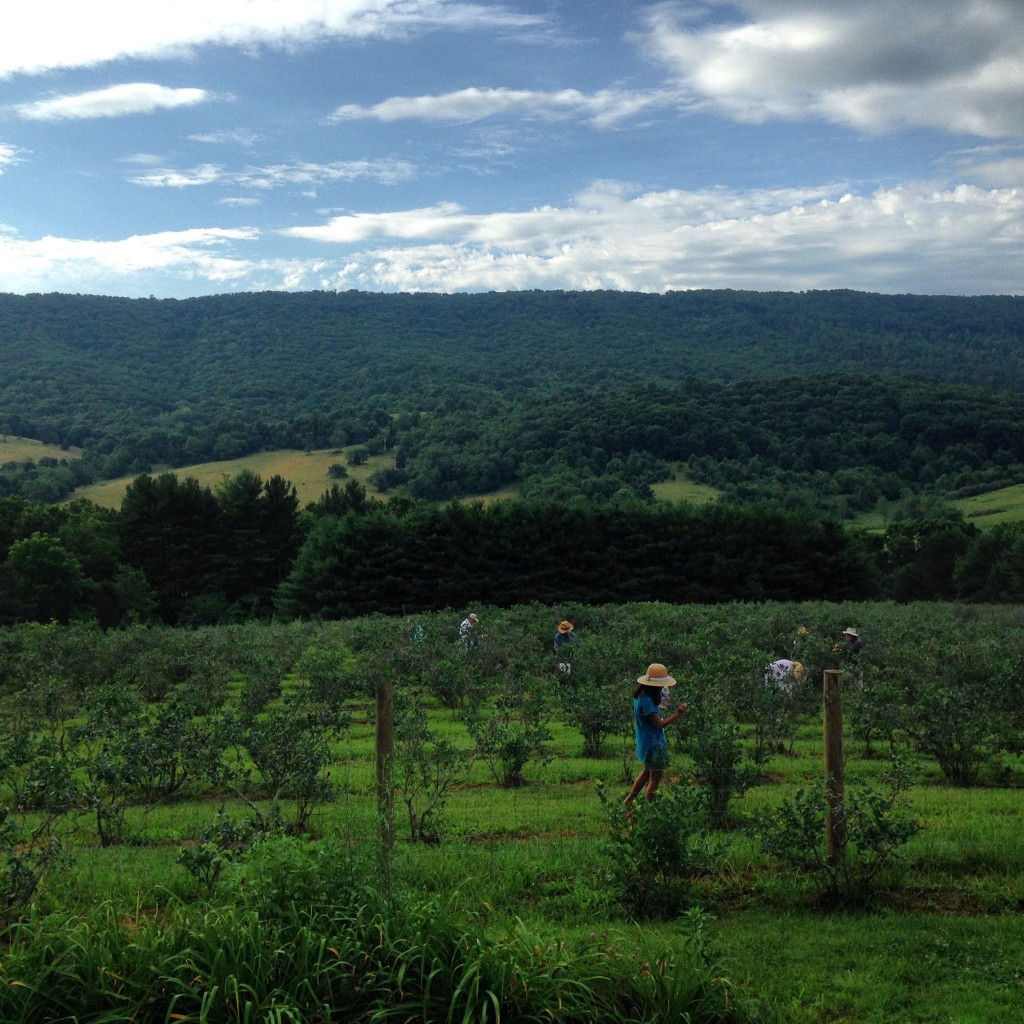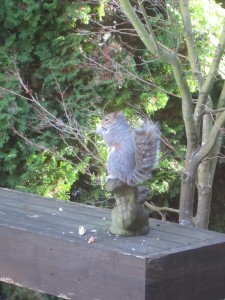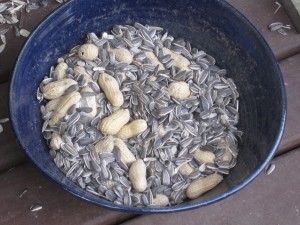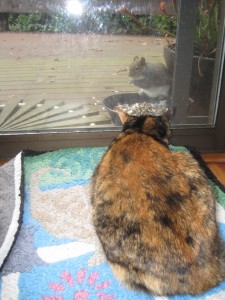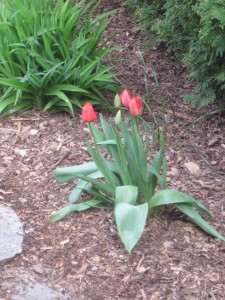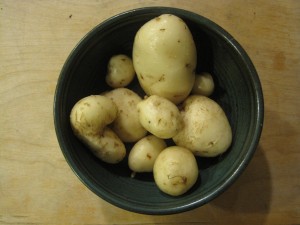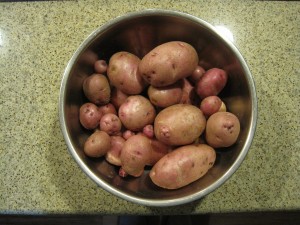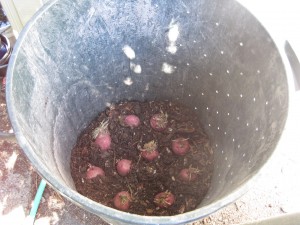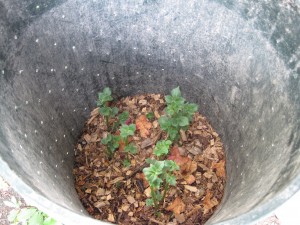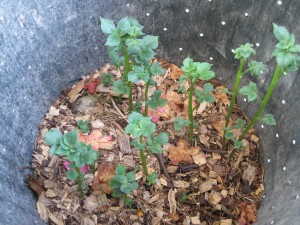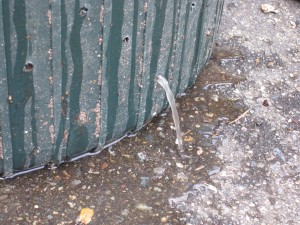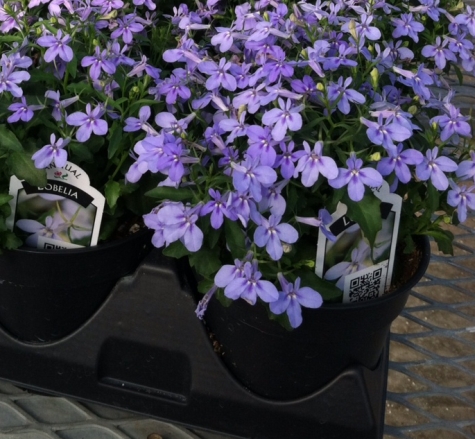Greetings all, and good to be back in the saddle for the Garden Professors. It’s been a while since I’ve filled you in on my own personal gardening struggles (lots) and triumphs (few) as well as topics I think you’d be interested in. I’ve always appreciated the kind comments and good questions our readers pose, in response to my off-kilter posts and horrific punctuation.
I’m sure there is one BURNING question that long-time readers have:
“So how’s your Puya doing?”
“Fine, thank you!”
Well, mostly.
Long story short, I bought/committed to a Puya berteroniana in 2012. If you have no idea what I’m talking about: https://gardenprofessors.com/puya-report/
I’m sure many readers have been at the receiving end of a cactus spine or Agave poke; the genus Puya makes Agaves look like stuffed animals. Fish hooks line the margins of each leaf, and cascade over the side of the pot. Therein lies the problem…
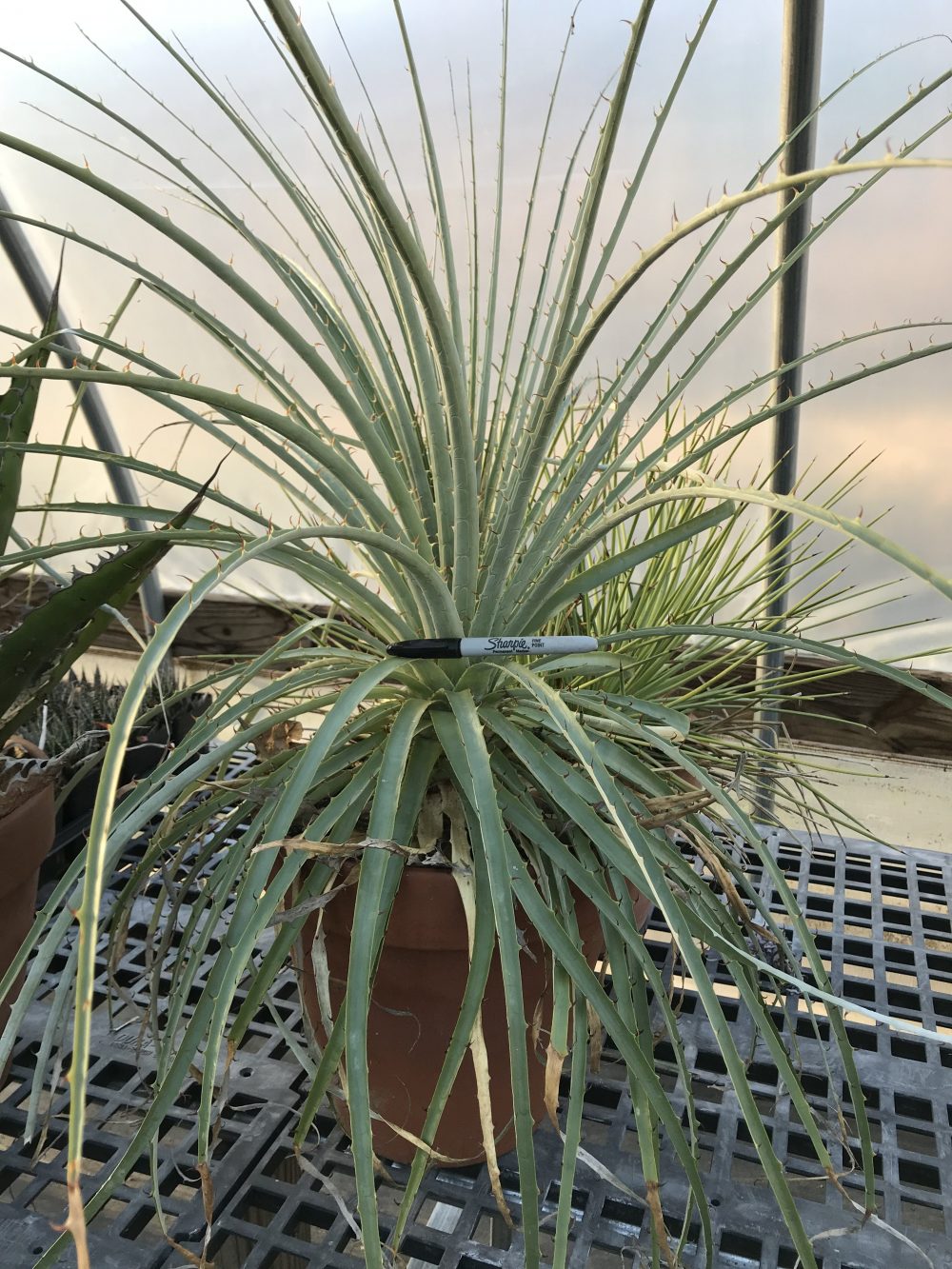 Still alive, and doing pretty well, but Pootie the Puya really needs re-potting to realize her full potential (the blooms are outrageous, and the point of all this, as I mention here: https://gardenprofessors.com/the-eternal-gardening-optimist/)
Still alive, and doing pretty well, but Pootie the Puya really needs re-potting to realize her full potential (the blooms are outrageous, and the point of all this, as I mention here: https://gardenprofessors.com/the-eternal-gardening-optimist/)
I’ve attempted to “go in” a couple of times, but even leather grilling gloves get snagged. Need really strong tongs (two sets?). I’m probably going to have to just bust the pot. She didn’t make it out to the deck this summer due to the awkward pot situation. Suggestions welcome, especially from anyone who has wrestled with one of these (and lived)!
